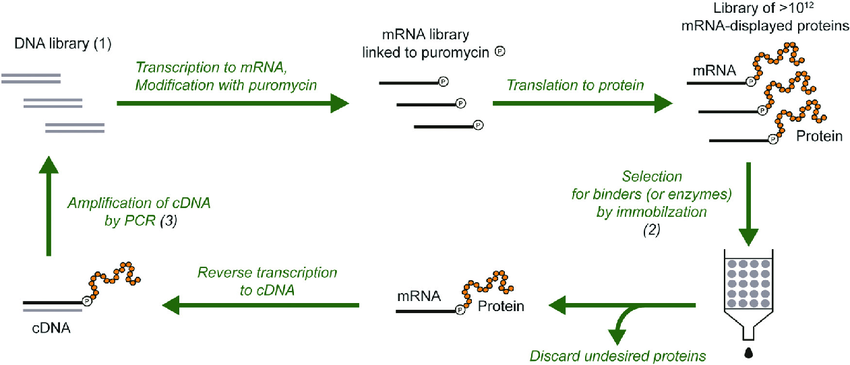Introduction:
In the vast palette of nature’s creations, melanin stands out as a pigment of remarkable complexity and importance. Found in varying concentrations across living organisms, melanin plays diverse roles, from determining skin color to protecting against harmful UV radiation. This article aims to delve into the fascinating world of melanin, exploring its structure, functions, and the profound implications it holds for science and society.
The Chemistry of Melanin:
Melanin is not a single molecule but a class of pigments produced by the oxidation of the amino acid tyrosine. Structurally, melanin comes in three main forms: eumelanin, pheomelanin, and neuromelanin. Eumelanin, responsible for brown and black hues, is characterized by its dense, dark structure, while pheomelanin, contributing to red and yellow tones, contains sulfur. Neuromelanin, found in the brain, is involved in the regulation of neurotransmitters.

Functions of Melanin:
One of the most recognized functions of melanin is its role in determining skin, hair, and eye color in humans and other animals. Beyond aesthetics, melanin serves as a natural sunscreen, absorbing and dissipating harmful UV radiation to protect underlying tissues from damage. This protective function is crucial in preventing sunburns, skin cancers, and premature aging caused by excessive sun exposure.
In addition to its photoprotective properties, melanin exhibits antioxidant capabilities, scavenging free radicals and reducing oxidative stress. Moreover, melanin has been implicated in various physiological processes, including wound healing, immune response modulation, and even influencing mood and behavior through its presence in the brain.
| Category | Subcategory | Product Name | Catalog Number | Price |
|---|---|---|---|---|
| Enzyme Kits for Nutrients and Metabolites | Amino Acid Metabolism Assay Kits | Tyrosinase Inhibitor Screening Kit (Colorimetric) | EK0023 | Online Inquiry |
| Enzyme Kits for Nutrients and Metabolites | Amino Acid Metabolism Assay Kits | Tyrosine Assay Kit (Colorimetric) | EK0024 | Online Inquiry |
| Assay Kits | Blood & Urine Chemistry Assay Kits | CD Phenylalanine Assay Kit | AKBA040 | Online Inquiry |
Biomedical Applications:
The multifaceted properties of melanin have sparked interest in biomedical research, leading to innovative applications in fields such as drug delivery, tissue engineering, and diagnostic imaging. Melanin nanoparticles, derived from natural sources or synthesized in the lab, offer a biocompatible platform for targeted drug delivery, owing to their ability to penetrate tissues and selectively accumulate in tumors.
Furthermore, melanin-based materials show promise in regenerative medicine, facilitating the growth and differentiation of cells for tissue repair and regeneration. Their biocompatibility, along with inherent photothermal properties, makes them attractive candidates for developing advanced wound dressings and scaffolds for tissue engineering applications.
In diagnostic imaging, melanin’s ability to absorb X-rays and other forms of radiation has been leveraged to enhance contrast in medical imaging techniques such as computed tomography (CT) and photoacoustic imaging. By incorporating melanin-based contrast agents, researchers aim to improve the sensitivity and specificity of imaging modalities, enabling more accurate disease detection and monitoring.
Social and Cultural Significance:
Beyond its scientific significance, melanin holds profound social and cultural significance, particularly in the context of race and identity. The varying levels of melanin in human skin have historically been used to categorize and discriminate among different racial groups, perpetuating harmful stereotypes and inequalities.
However, embracing the diversity of melanin expression can foster inclusivity and appreciation for the rich tapestry of human experience. Celebrating melanin in all its forms encourages dialogue about the complexities of race, ethnicity, and cultural heritage, promoting empathy, understanding, and solidarity across diverse communities.
Conclusion:
In conclusion, melanin emerges as a marvel of nature, showcasing its versatility and significance across biological, biomedical, and societal realms. From its intricate chemistry to its multifaceted functions, melanin continues to captivate scientists, inspire innovators, and challenge societal norms. By unraveling the mysteries of melanin and embracing its diversity, we embark on a journey of discovery and enlightenment, unlocking the full potential of this extraordinary pigment for the betterment of humanity.<div class=”info-background”>









